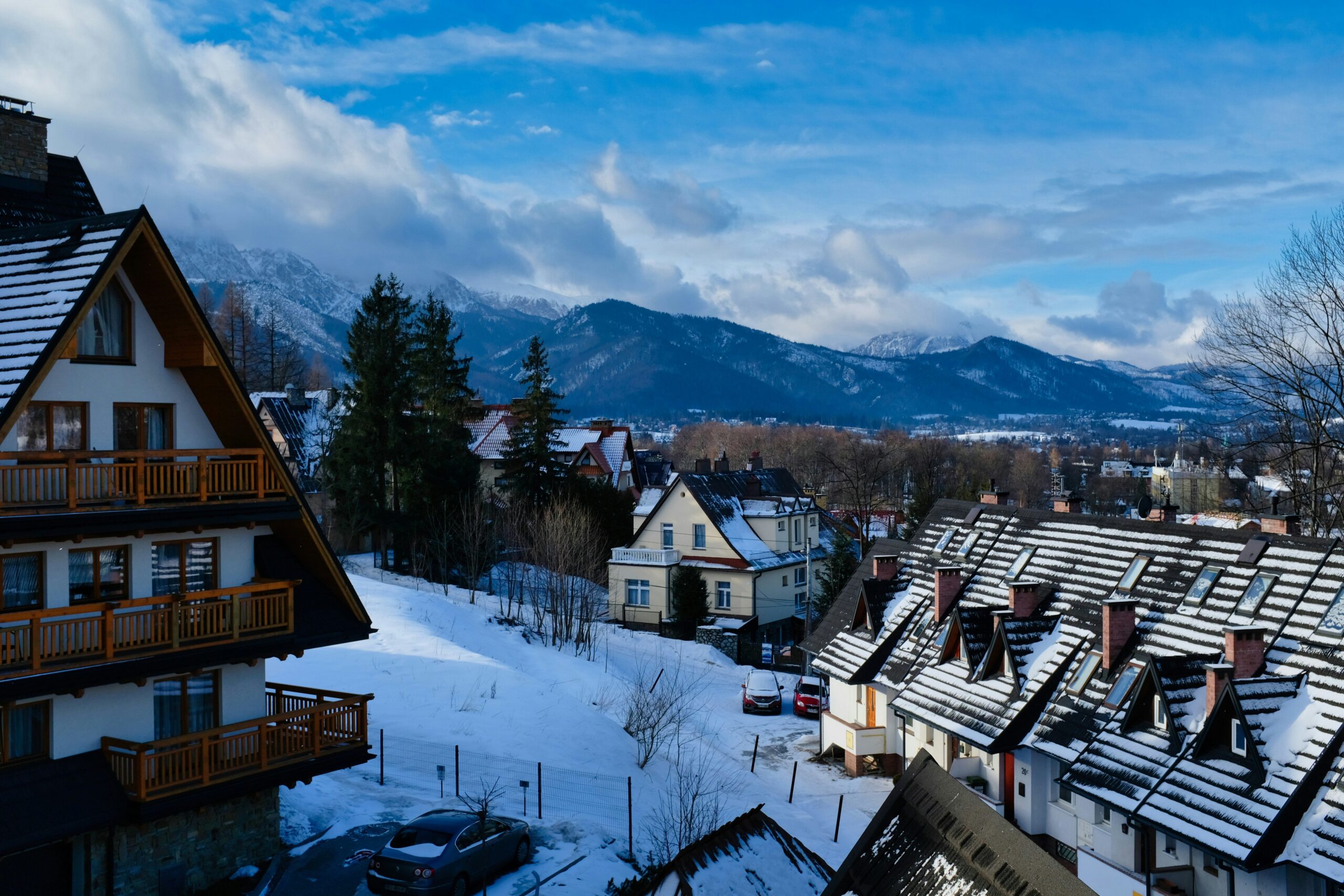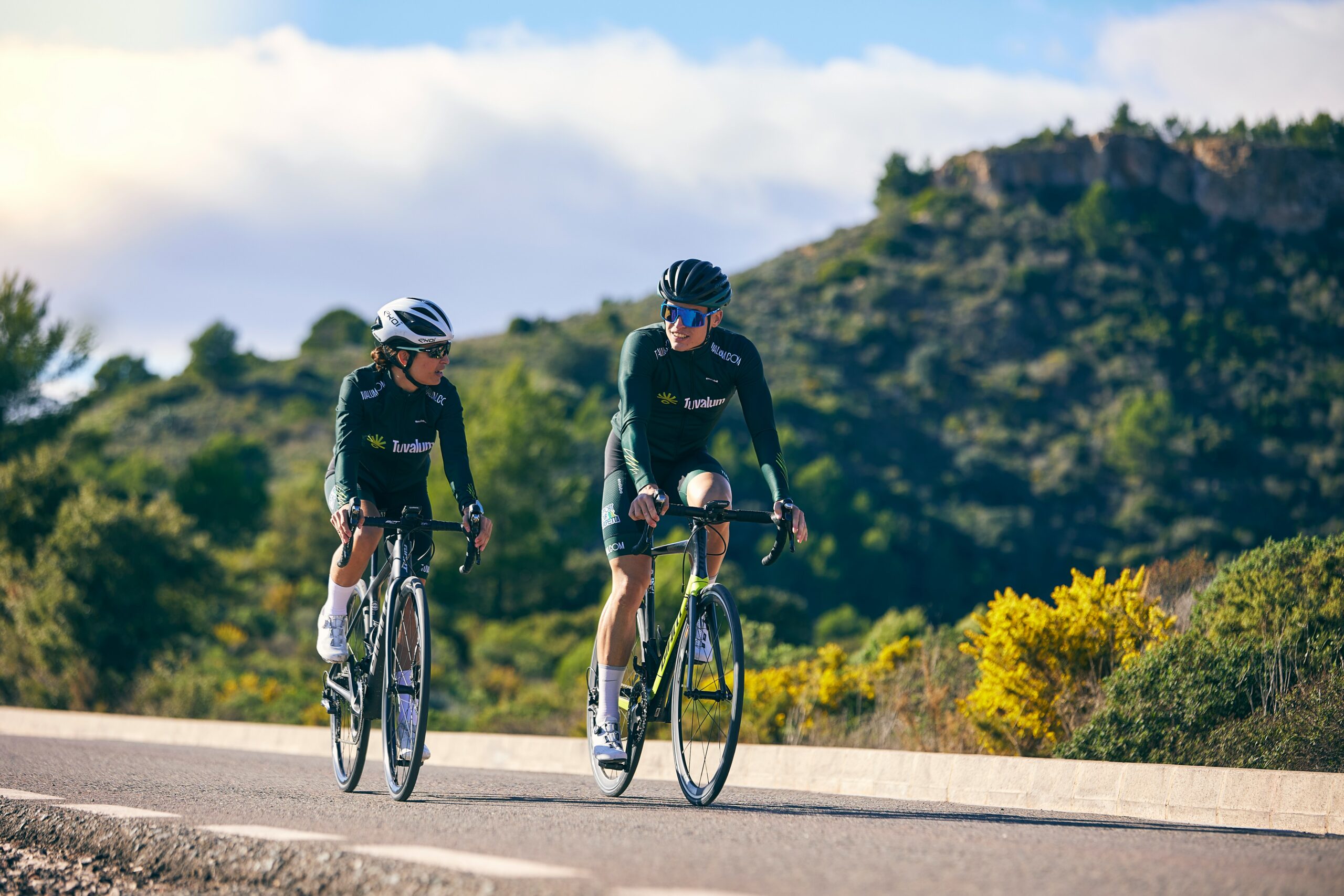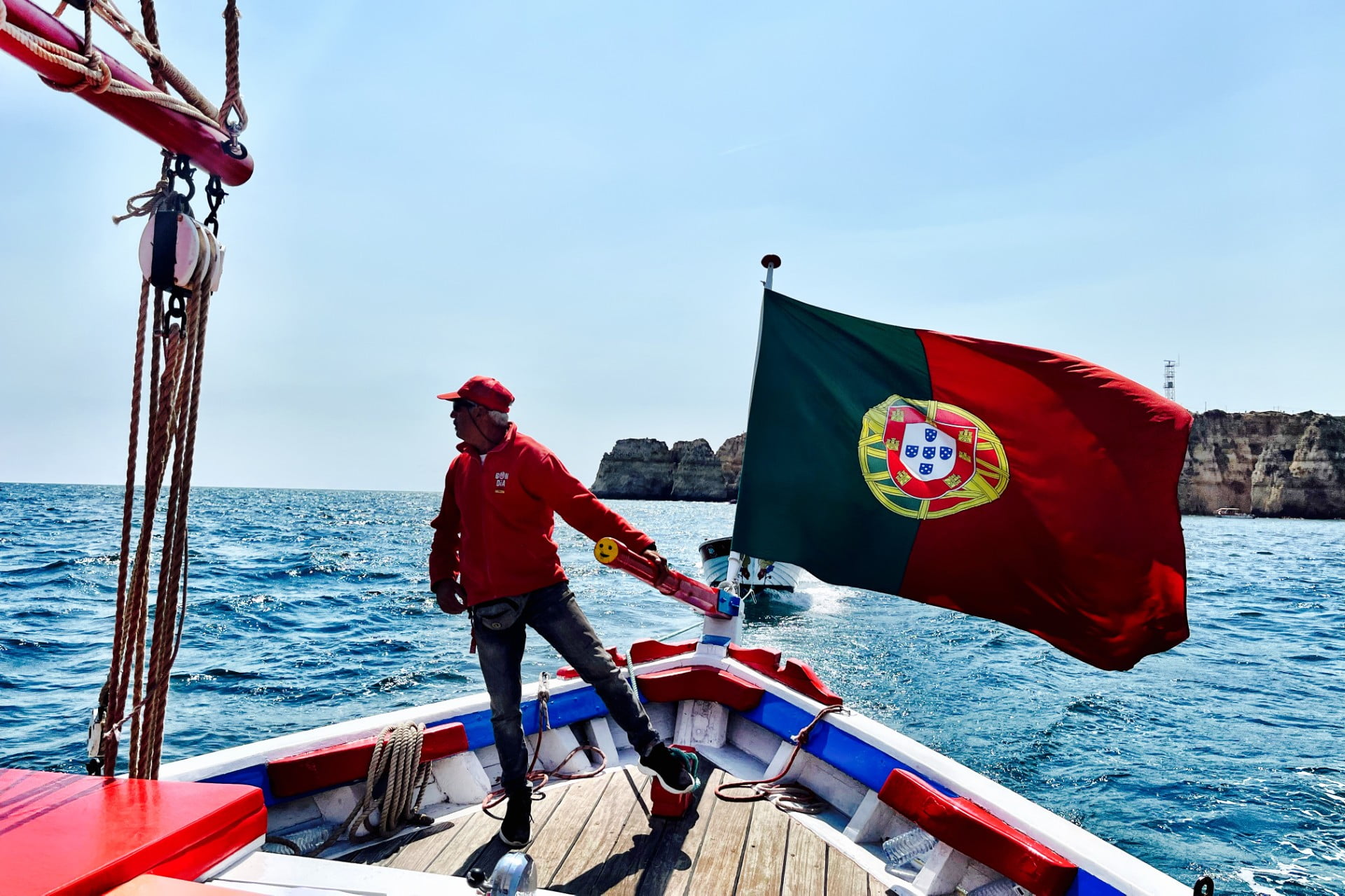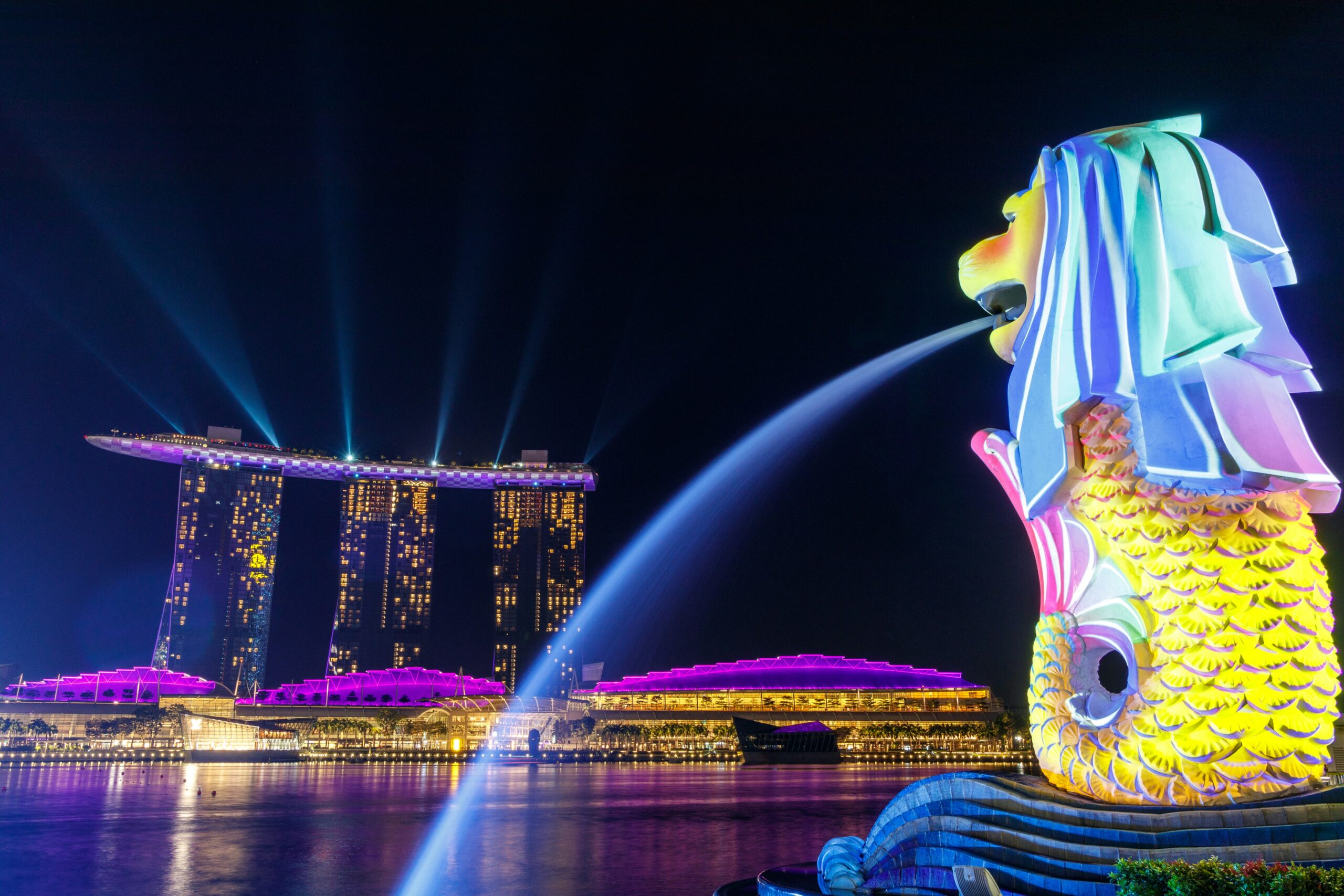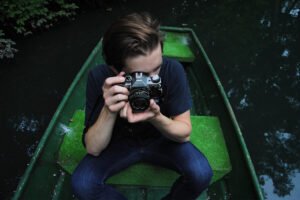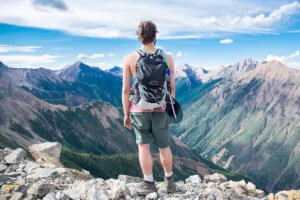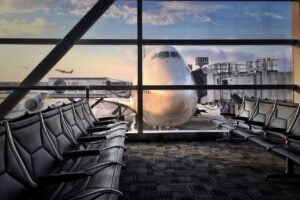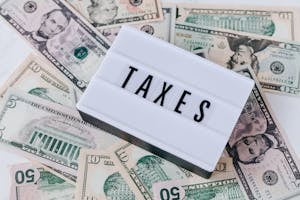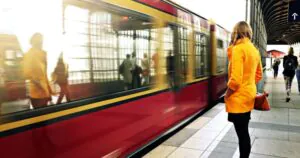Zakopane Travel Guide: Poland’s Winter Wonderland
Tucked into the foothills of the Tatra Mountains, Zakopane feels like stepping into a storybook version of Poland you didn’t know existed. This isn’t your typical European ski town. While resorts across the Alps have become increasingly polished and expensive, Zakopane has held onto something more authentic: wooden chalets carved with traditional motifs, street vendors grilling oscypek cheese over open flames, and locals who still wear embroidered folk vests on market days.
Known affectionately as Poland’s “Winter Capital,” Zakopane draws skiers and snowboarders during the colder months, but that’s only part of its appeal. Come summer, the same slopes transform into hiking trails that wind past mountain lakes and through forests where you might spot chamois grazing. Digital nomads have started discovering what locals have known for generations: there’s something clarifying about working from a café where your view includes jagged peaks instead of another brick wall.
This guide covers everything you need to plan your trip, whether you’re chasing powder, looking for your next remote work destination, or simply want to experience a side of Poland that most travelers miss.
Why Zakopane is Perfect for Nature Lovers
Geography matters here. Zakopane sits at roughly 800 meters elevation on Poland’s southern border, where the Tatra Mountains rise dramatically from the surrounding landscape. These aren’t gentle hills but proper peaks, with Rysy reaching 2,499 meters as Poland’s highest point. The Tatras form part of the Carpathian range and create a microclimate that brings reliable snow in winter and refreshingly cool summers.
The trails here cater to every fitness level. Complete beginners can ride the funicular up Gubałówka Hill for panoramic views without breaking a sweat. More ambitious hikers tackle the route to Morskie Oko, a glacial lake that reflects the surrounding peaks so perfectly it looks photoshopped. Serious mountaineers head for Rysy, though that requires proper preparation and good weather.
What makes Zakopane special for nature lovers isn’t just the accessibility but the variety. In a single day, you could hike through dense spruce forests, emerge onto alpine meadows dotted with wildflowers, and finish at a mountain hut serving hot żurek soup. The Tatra National Park protects much of this landscape, meaning you’ll encounter relatively untouched wilderness just minutes from town.
Winter transforms everything. Snow typically blankets the region from December through March, turning Zakopane into Poland’s undisputed skiing headquarters. But even if you don’t ski, the snow-covered scenery alone justifies a visit. There’s something magical about watching horse-drawn sleighs clip-clop down snowy lanes while smoke curls from wooden cottage chimneys.
Beyond the obvious attractions, the area around Zakopane hides thermal springs where you can soak in naturally heated pools while snowflakes land on your face. The villages of Bukowina Tatrzańska and Chochołów have developed these springs into proper thermal complexes, offering that perfect combination of mountain views and complete relaxation after a day of activity.
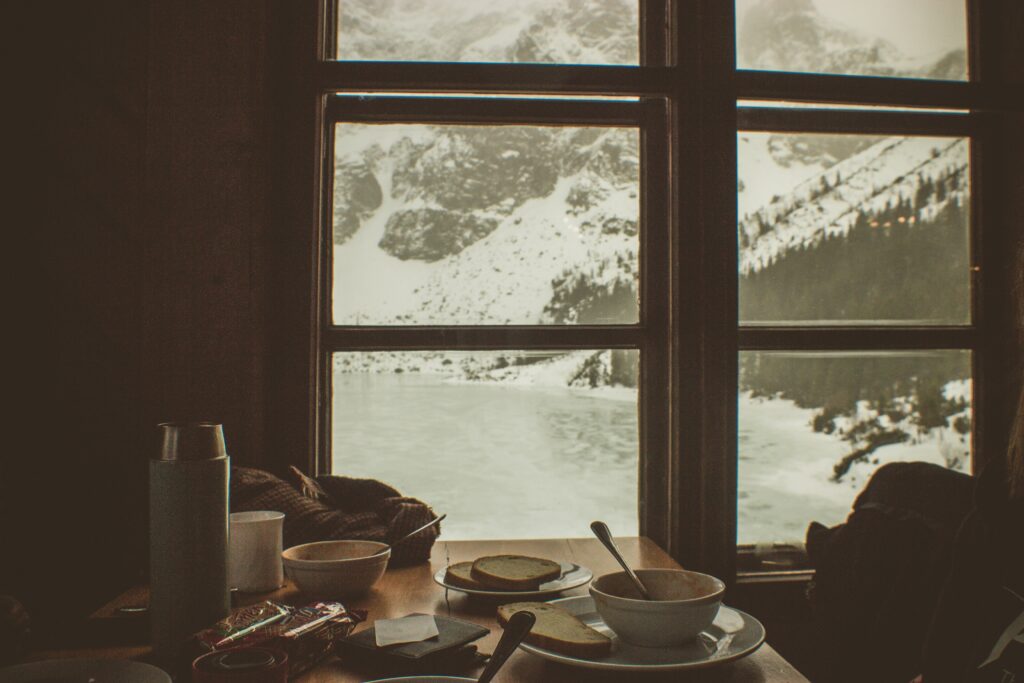
Best Things to Do in Zakopane
Hit the Slopes (or the Trails)
Zakopane’s ski areas won’t rival the Three Valleys or Whistler for sheer scale, but they offer something those mega-resorts don’t: charm and affordability. Kasprowy Wierch, accessible via a vintage cable car built in the 1930s, provides the most dramatic skiing with runs descending from nearly 2,000 meters. The cable car ride itself is an attraction, swaying gently as it climbs above the tree line.
Nosal and Szymoszkowa cater more to families and beginners, with gentler slopes and ski schools. What you’ll pay €60 for in Austria costs around €30 here, and the post-ski beer is half the price. Polish ski culture is refreshingly unpretentious compared to some Alpine scenes.
Come summer, those same mountains reveal hundreds of kilometers of marked hiking trails. The route to Morskie Oko remains the most popular, a relatively easy 9-kilometer walk (though the steady uphill grade will remind your legs they’re working). Starting early helps you beat the crowds and catch morning light on the water. From Morskie Oko, experienced hikers can continue to the more remote Czarny Staw pod Rysami lake.
For views without the effort, the Gubałówka funicular runs year-round, depositing you at a ridgetop with cafés, souvenir stalls, and those Instagram-worthy vistas of the Tatras. It’s touristy but undeniably fun, especially at sunset.
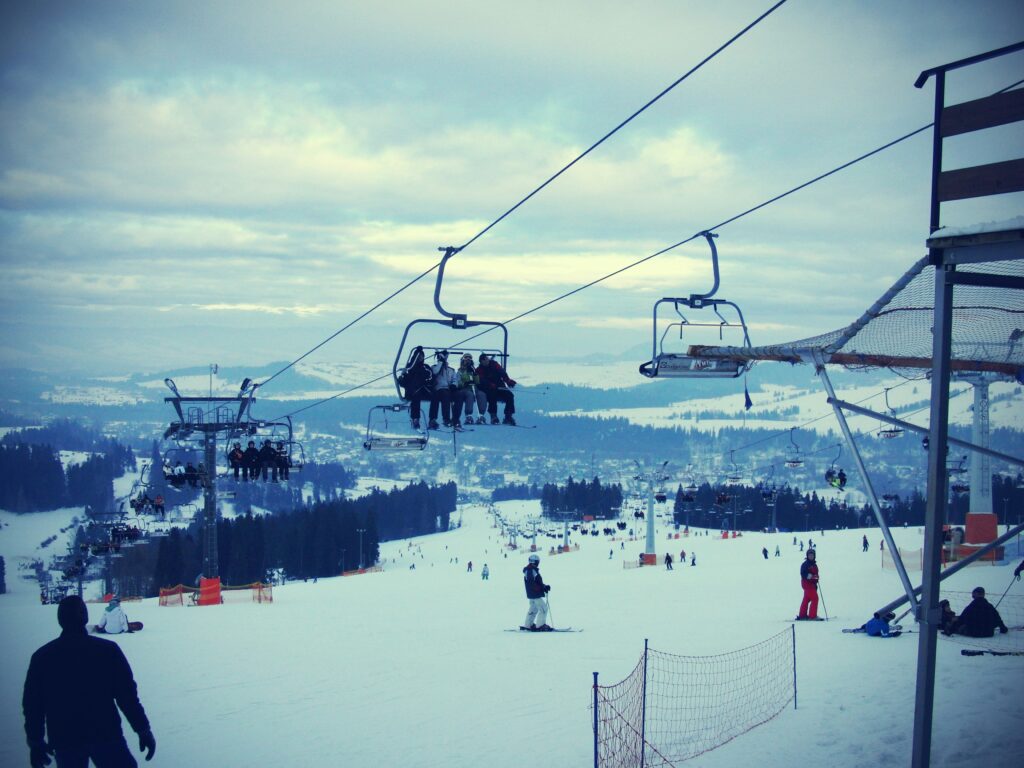
Dive Into Góral Culture
Zakopane is the heart of Poland’s highlander (Góral) culture, and unlike many places where “traditional culture” means tourist performances, here it still lives. Krupówki Street, the pedestrian main drag, pulses with energy. Street vendors grill oscypek, the smoked sheep cheese that’s become Zakopane’s edible symbol. Get it hot off the grill with a smear of cranberry jam.
The architecture alone tells a story. Around the turn of the 20th century, artist Stanisław Witkiewicz developed what became known as the Zakopane Style, incorporating traditional Góral building techniques into elegant wooden structures. The Villa Koliba serves as a museum where you can see this style at its finest. Walking through residential neighborhoods, you’ll spot dozens of these elaborate wooden houses, each with intricate carved details.
Local restaurants double as cultural venues, where waiters in folk costumes serve mountain specialties while musicians play traditional string instruments. Karczma Przy Młynie and Restauracja Owczarnia both offer this experience without feeling overly staged. The food is genuinely good, not just atmospheric.
If you visit in late August, the International Festival of Highland Folklore brings together mountain cultures from around the world. Even during regular weeks, you might stumble upon impromptu folk music sessions, particularly on weekends.
Eat Your Way Through the Mountains
Polish mountain food doesn’t apologize for being heavy. After hours in the cold or hiking uphill, you’ll understand why locals developed cuisine built around warming soups, cheese, and meat.
Start with kwaśnica, a sauerkraut soup with smoked meat that tastes like bottled comfort. Pierogi appear in mountain variations here, stuffed with sheep cheese and potato or wild mushrooms foraged from nearby forests. Moskole (placki ziemniaczane) are potato pancakes served with goulash or sour cream.
Beyond restaurants, food stalls along Krupówki offer quick bites: grilled kielbasa, obwarzanki (crispy ring-shaped breads), and of course more oscypek than you thought possible. The cheese carries protected status under EU law, meaning authentic oscypek must follow traditional production methods using milk from specific sheep breeds grazing in the Tatras.
For digital nomads needing reliable Wi-Fi with their caffeine, STRH Café & Gallery combines specialty coffee with local art exhibitions. Café Tygodnik Podhalański offers a quieter atmosphere and strong espresso. Most cafés welcome laptop workers, though during peak season, be mindful of lingering too long when others are waiting for tables.
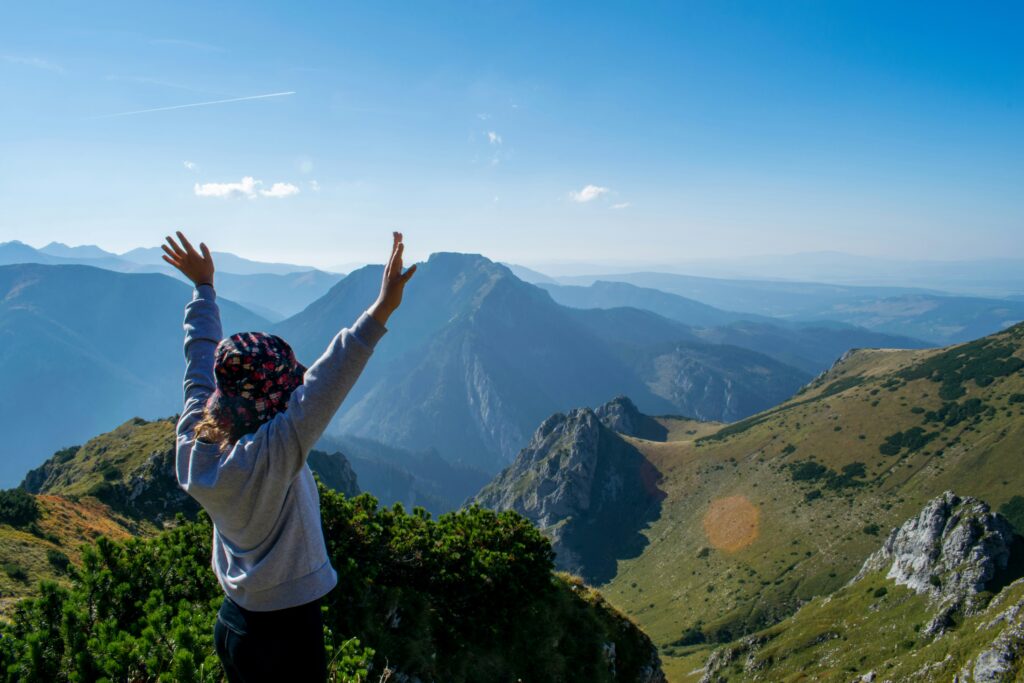
Soak and Recover
After pushing your body up mountains or down slopes, thermal baths feel less like luxury and more like medical necessity. Bukowina Tatrzańska, about 15 minutes from Zakopane, has multiple thermal complexes where outdoor pools maintain temperatures around 36°C even when snow is falling. Terma Bania is the largest and most developed, with numerous pools, saunas, and water slides if you’re traveling with kids.
Chochołów’s thermal baths offer a more laid-back vibe with arguably better mountain views. Arriving at sunset, when the peaks turn pink and the steam rises from the pools, ranks among Zakopane’s most memorable experiences.
Where to Stay in Zakopane
Accommodation reflects Zakopane’s range. At the luxury end, properties like Aries Hotel & Spa deliver full resort experiences with wellness centers, fine dining, and that alpine elegance you’d expect in Switzerland. Grand Nosalowy Dwór offers similar quality with more traditional Polish character.
Mid-range guesthouses and boutique hotels provide the best value, especially family-run pensjonaty (guest houses) that include breakfast and local tips. Many occupy those beautiful wooden buildings, giving you the aesthetic experience without the luxury price tag. Expect to pay €50-80 per night for comfortable, characterful rooms.
Budget travelers will find hostels near Krupówki Street, with dorm beds starting around €15. Airbnb has a strong presence, with entire apartments often cheaper than hotels. If you’re planning an extended stay for remote work, consider renting an apartment slightly outside the center where monthly rates drop significantly.
Location matters more than you might think. Staying near Krupówki means easy walking access to restaurants and nightlife but also means noise and crowds. Properties toward the Tatra foothills offer tranquility and often direct trail access but require transportation or longer walks into town.
Winter demands early booking. Prices can double during Christmas and February holidays. Summer sees less dramatic price swings, and spring/autumn often feature the best deals, though facilities may have limited hours.
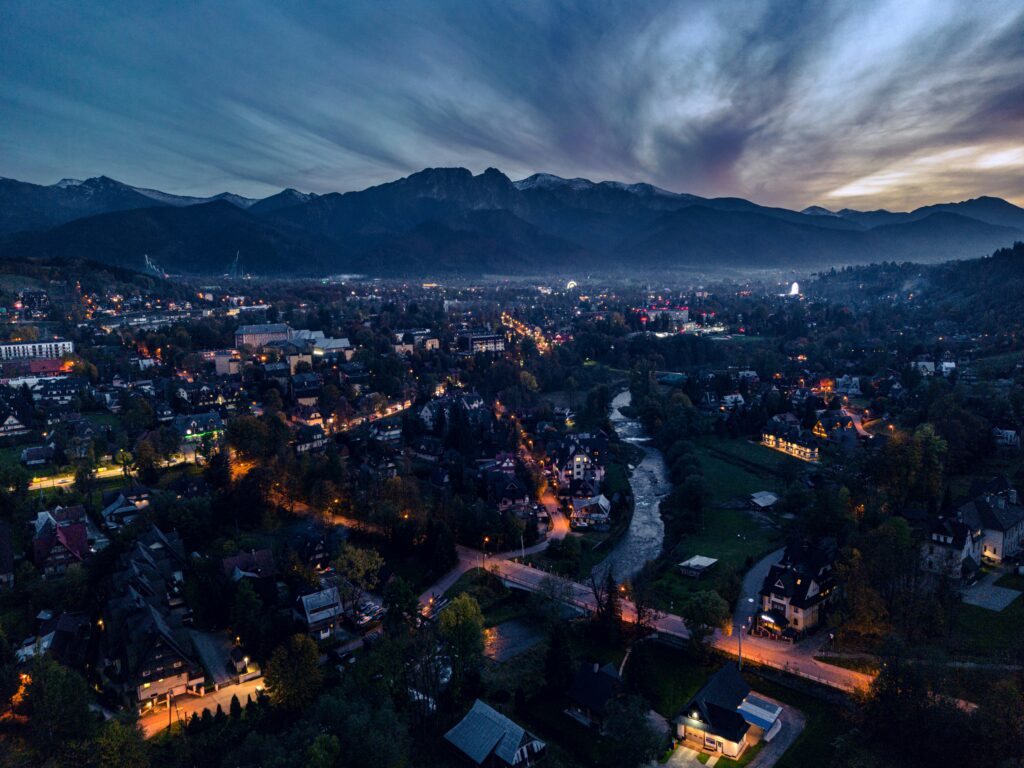
Planning Your Zakopane Adventure
Getting There
Kraków serves as Zakopane’s gateway. John Paul II International Airport connects to most European cities, with budget carriers like Ryanair and Wizz Air offering competitive fares. From the airport, you have several options for the 110-kilometer journey south.
Buses run frequently from Kraków’s main bus station, taking about 2 hours and costing €5-8. Companies like FlixBus and Polski Bus operate modern, comfortable coaches with Wi-Fi. Trains from Kraków Główny take closer to 3.5 hours but offer scenic views as you wind through the foothills. The romance of train travel appeals to some, though most travelers choose the faster bus.
Private transfers and ride-sharing services cost €40-60 and make sense for groups or if you have lots of luggage. Renting a car provides maximum flexibility for exploring smaller mountain villages and hiking trailheads that buses don’t reach. Polish roads are generally good, though winter driving in the mountains requires experience and proper equipment.
Timing Your Visit
Zakopane operates on two main seasons with distinct personalities. Winter (December through March) brings snow sports, Christmas markets, and that quintessential alpine atmosphere. Peak periods around New Year’s and February school holidays see prices jump and crowds swell. January offers the best balance of good snow and manageable visitor numbers.
Summer (June through September) reveals completely different scenery, with wildflower meadows and warm hiking weather. July and August get busy with Polish families on vacation, but the mountains absorb crowds better than the town does. Early September often delivers perfect conditions: warm days, cool nights, autumn colors beginning, and fewer visitors.
Spring remains Zakopane’s secret season. April and May see melting snow create muddy trails, and some facilities close for maintenance. But if you don’t mind unpredictable weather, you’ll have the place largely to yourself.
Autumn (October-November) brings spectacular foliage and crisp air perfect for hiking. However, mountain weather becomes increasingly unpredictable, and snow can arrive early at higher elevations.
Money Matters
Poland remains remarkably affordable compared to Western Europe, and Zakopane follows this trend despite its resort status. Daily budgets vary widely based on choices:
Budget Travel: €30-50 per day covers hostel accommodation, street food, public transport, and free hiking. You’ll eat pierogi from food stalls, skip fancy restaurants, and stick to activities that don’t require lift passes.
Mid-Range: €70-120 per day allows comfortable guesthouse stays, restaurant meals, ski passes or guided activities, and occasional splurges on thermal baths or cable car rides.
Luxury: €150+ per day covers upscale hotels, fine dining, private guides, and unlimited activities without worrying about costs.
The Polish złoty (PLN) typically trades around 4.3 to the euro, though rates fluctuate. ATMs are plentiful, and credit cards work almost everywhere except small street vendors. Carry some cash for markets and mountain huts. Use Wise or Revolut for better exchange rates than traditional banks.
What to Pack
Mountain weather punishes poor preparation. Temperature swings of 20°C between valley and peak aren’t unusual. Layering is essential: base layers, insulating mid-layers, and waterproof outer shells protect against everything the Tatras throw at you.
Summer hikers need:
- Proper hiking boots with ankle support
- Waterproof jacket (afternoon thunderstorms are common)
- Sun protection (UV is stronger at altitude)
- Layers for changing temperatures
- Water bottle and snacks
Winter visitors should pack:
- Insulated, waterproof boots
- Thermal underwear
- Ski goggles and sun protection (snow blindness is real)
- Hand and foot warmers for extra cold days
- Warm hat and gloves
Year-round essentials include a good backpack, first aid kit, and power bank for your phone. Mountain rescue operates efficiently, but cell coverage can be spotty at higher elevations.
Language and Communication
Polish is the official language, and it’s notoriously difficult for English speakers. The good news: Zakopane’s tourism industry means many people speak at least basic English, especially younger generations and anyone working with visitors. German is also widely understood, a remnant of geography and history.
Learning a few Polish phrases shows respect and opens doors. “Dzień dobry” (jen DOH-bry) for hello, “Dziękuję” (jen-KOO-yeh) for thank you, and “Przepraszam” (pshe-PRAH-sham) for excuse me will serve you well. Poles appreciate the effort even if your pronunciation is terrible.
Google Translate works offline if you download the Polish language pack beforehand. Many restaurant menus include English translations, though sometimes they’re entertainingly creative in their phrasing.
Digital Nomad Considerations
Zakopane isn’t Warsaw or Kraków for remote work infrastructure, but it’s increasingly viable for digital nomads seeking a mountain base. Internet speeds in hotels and cafés generally suffice for video calls and standard work tasks. Many guesthouses advertise “fast Wi-Fi” specifically for remote workers.
Dedicated coworking spaces are limited, but cafés welcome laptop workers. STRH Café, mentioned earlier, has become an unofficial coworking spot. Arrive in the morning, order regularly, and you’ll fit right in.
Poland’s mobile networks offer excellent coverage and affordable data. A prepaid SIM card with unlimited data costs around €10-15 monthly. Play and T-Mobile have the best coverage in mountainous areas.
The time zone (Central European Time, UTC+1) aligns well with European business hours but means early mornings or late nights for coordinating with North American colleagues.
Cost of living makes extended stays attractive. Monthly apartment rentals outside peak season start around €400-600 for comfortable one-bedrooms. Add €200-300 for utilities, food, and activities, and you’re living well for under €1000 monthly.
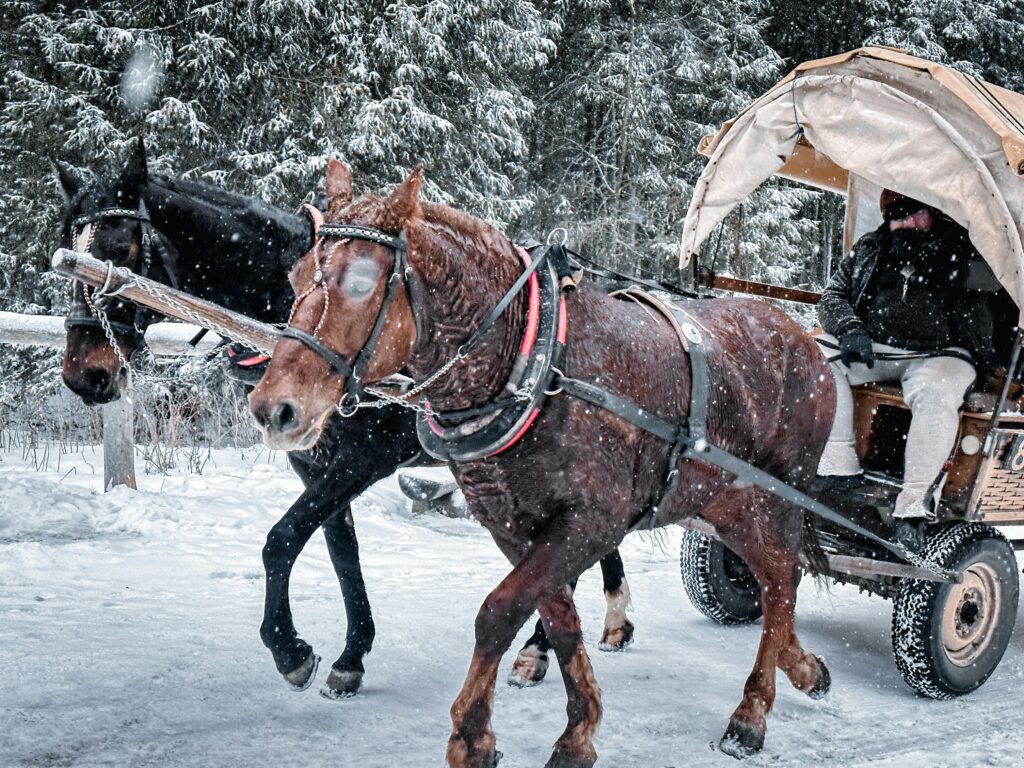
Safety and Practicalities
Zakopane ranks as very safe for travelers. Violent crime is rare, and the biggest risk is probably drinking too much grzaniec (mulled wine) and falling on icy sidewalks. Standard precautions apply: watch your belongings in crowded areas, don’t leave valuables in parked cars.
Mountain safety requires more attention. Weather can change rapidly, and people die in the Tatras every year, usually from underestimating conditions or overestimating abilities. Check forecasts, tell someone your route, carry proper equipment, and don’t be too proud to turn back if conditions deteriorate. TOPR, the mountain rescue service, operates professionally but preventing emergencies beats needing rescue.
Healthcare in Poland is good quality and affordable by international standards. Travel insurance is still recommended, but if you need a doctor, costs won’t bankrupt you. Pharmacies (apteka) are common and well-stocked.
Useful Apps and Resources
Mapy.cz – This Czech mapping app dominates among Tatra hikers. It works offline, shows accurate trails, and includes estimated hiking times and difficulty ratings. Download the Tatra region before you arrive.
Jakdojade – Essential for public transport in Poland. It covers buses and trains throughout the country, including the Kraków-Zakopane route.
Weather Apps – Mountain weather demands attention. Use Mountain-Forecast.com for peak-specific forecasts, as conditions at 2,000 meters differ dramatically from the valley.
Bolt/Uber – Available in Kraków and increasingly in Zakopane for local transport.
Revolut or Wise – Digital banking apps that offer better exchange rates than traditional banks when spending złoty.
XE Currency – Simple currency converter for quick calculations.
Google Maps – Works fine in town but use Mapy.cz for hiking.
Airly – Air quality app useful in winter when wood-burning stoves can affect air quality in the valley.
Why Zakopane Sticks With You
Mountains have a way of putting things in perspective. Whether you’re catching your breath halfway up a steep trail or watching the sun set behind the peaks while soaking in thermal waters, Zakopane offers those moments that make travel worthwhile.
What keeps people returning isn’t just the scenery, though the Tatras are genuinely spectacular. It’s how Zakopane has managed to grow into a major resort without losing its soul. Yes, Krupówki Street gets crowded, and new hotels keep popping up, but walk 15 minutes in any direction and you’ll find yourself in places where tradition still shapes daily life.
For digital nomads, Zakopane presents an intriguing option: productive work environment meets outdoor playground. Spend your mornings on video calls, your afternoons on trails, and your evenings sampling mountain cuisine. The rhythm works.
For travelers seeking something beyond the usual European highlights, Zakopane delivers authentic cultural experiences alongside natural beauty. You won’t find this place overrun with tour buses or international chains. It remains refreshingly Polish, proud of its highlander heritage, and welcoming to visitors curious enough to discover it.
The Tatras will still be here long after we’re gone, which somehow makes visiting them feel important. Zakopane gives you the means to experience these mountains without requiring extreme mountaineering skills or unlimited budgets. That accessibility, combined with genuine cultural richness, is what transforms a good destination into one you’ll recommend to friends.
Whether you come for a weekend ski trip or a month of remote work, Zakopane has a way of exceeding expectations. Just give it a chance.
Related Post: Digital Nomad Visa in Poland – Everything You Need to Know
